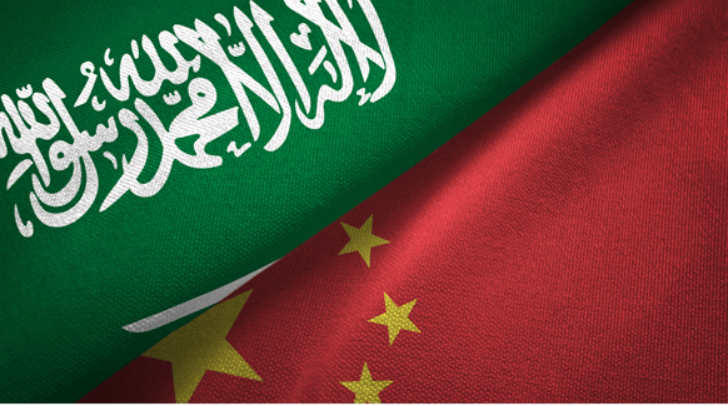

fetching latest news
News tagged in:

Saudi Arabian Oil Co. (Aramco) has secured agreements with two Chinese refiners laying the groundwork for potential stake acquisitions that would expand the Saudis’ downstream footprint in China.

China’s President Xi Jinping called for greater efforts to curb carbon dioxide emissions, a signal the biggest polluter won’t backslide on climate targets even as it turns to fossil fuels for energy security.

Aramco’s CEO Amin Nasser believes that the oil market fundamentals remain generally “sound” for the rest of the year.
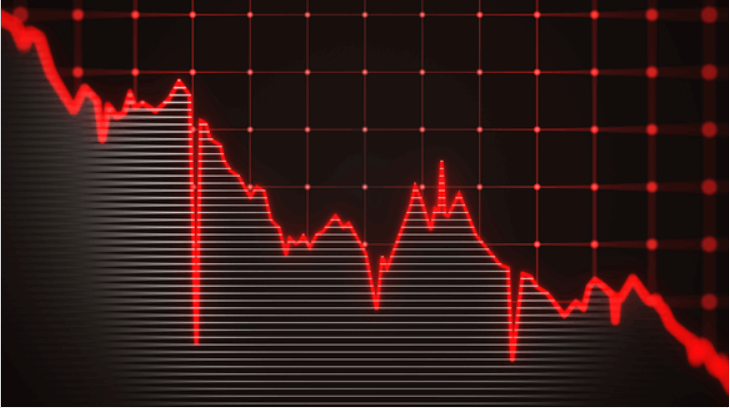
Oil dropped as broader risk-off sentiment overshadowed news of China’s gradual rollout of stimulus measures to aid its economy.
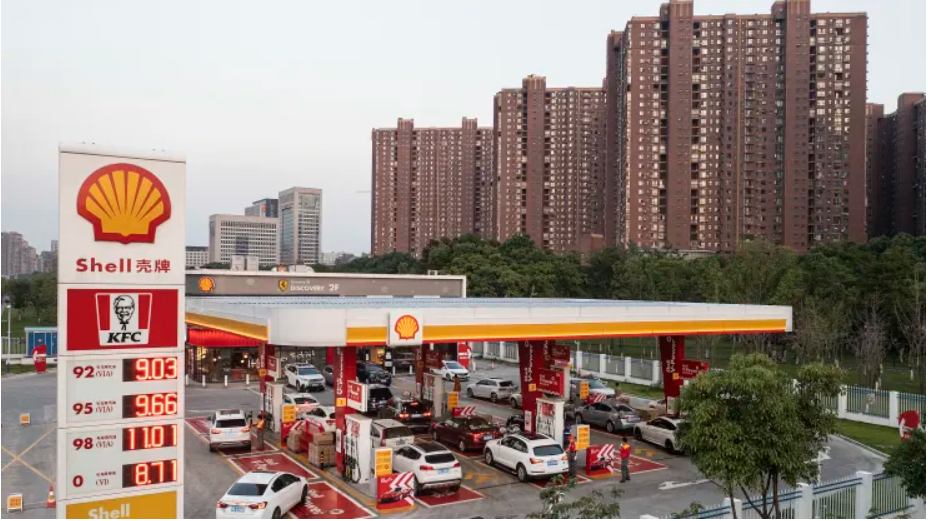
Shell CEO Wael Sawan sees “very robust” demand for oil and gas in the near and medium term, he told CNBC’s “Squawk Box” on Wednesday. British energy giant Shell is boosting its oil and gas production to book profits in the near term. It’s also building out electric vehicle charging stations across Asia.
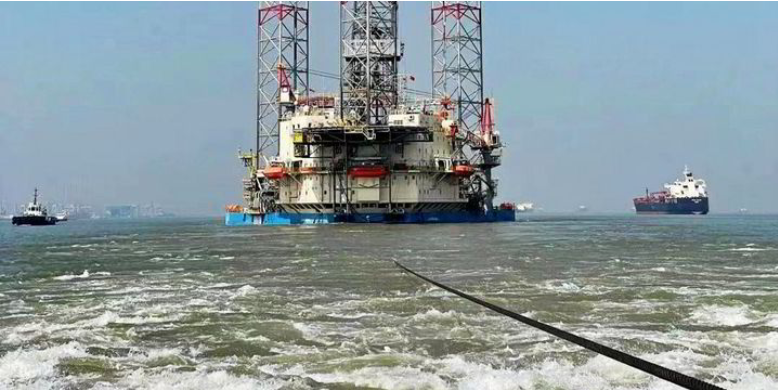
The past year has seen a fast inventory drawdown of abandoned and idle offshore rigs in Chinese yards, as drillers snap up units in response to a surge in demand.

A change is on the horizon for oil demand, with India set to eclipse China as the most important driver of global growth — and potentially the last, as the world shifts to a greener future.

A change is on the horizon for oil demand, with India set to eclipse China as the most important driver of global growth — and potentially the last, as the world shifts to a greener future.
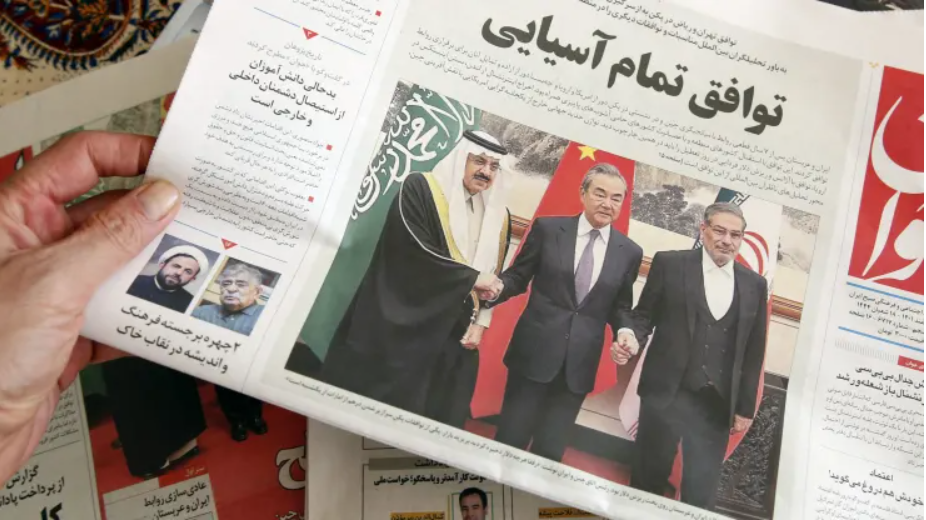
The China-brokered Saudi-Iran rapprochement is a major diplomatic breakthrough after years of mutual animosity, suspected attacks and espionage between the two countries. It represents Beijing’s first foray into Middle East mediation, an area that for the past few decades was largely occupied by Washington.
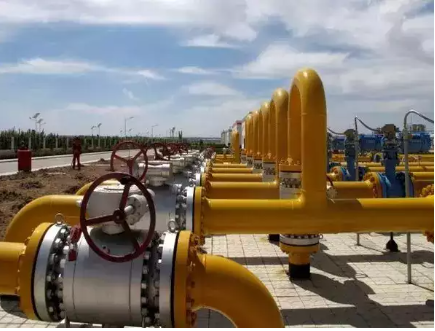
If sealed, this would be the second such deal between major LNG exporter Qatar and the world's no.2 LNG buyer, as Beijing looks to beef up gas supply and diversify its sources in a drive to replace coal and cut carbon emissions.
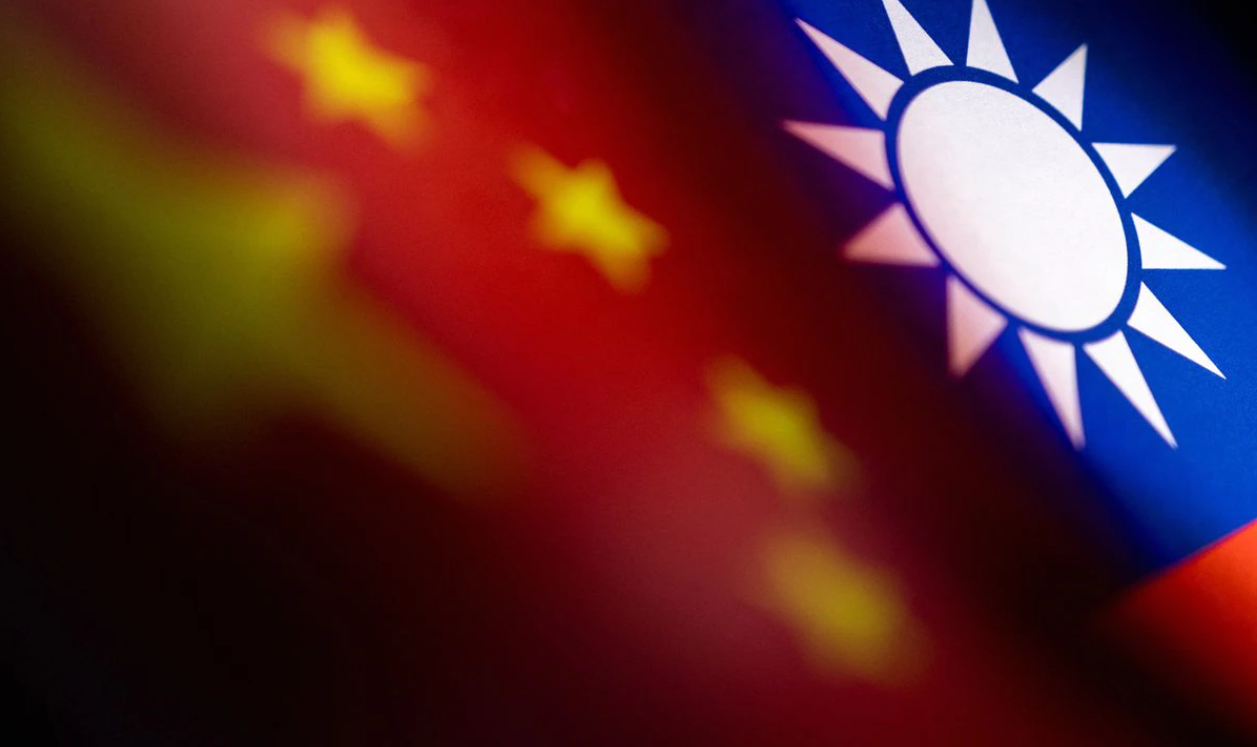
Taiwan accused China of exaggeration on Tuesday after the Chinese military published footage of the strategically located Penghu islands, where there is a major Taiwanese air base, saying it was not true Chinese forces had come near the islands.
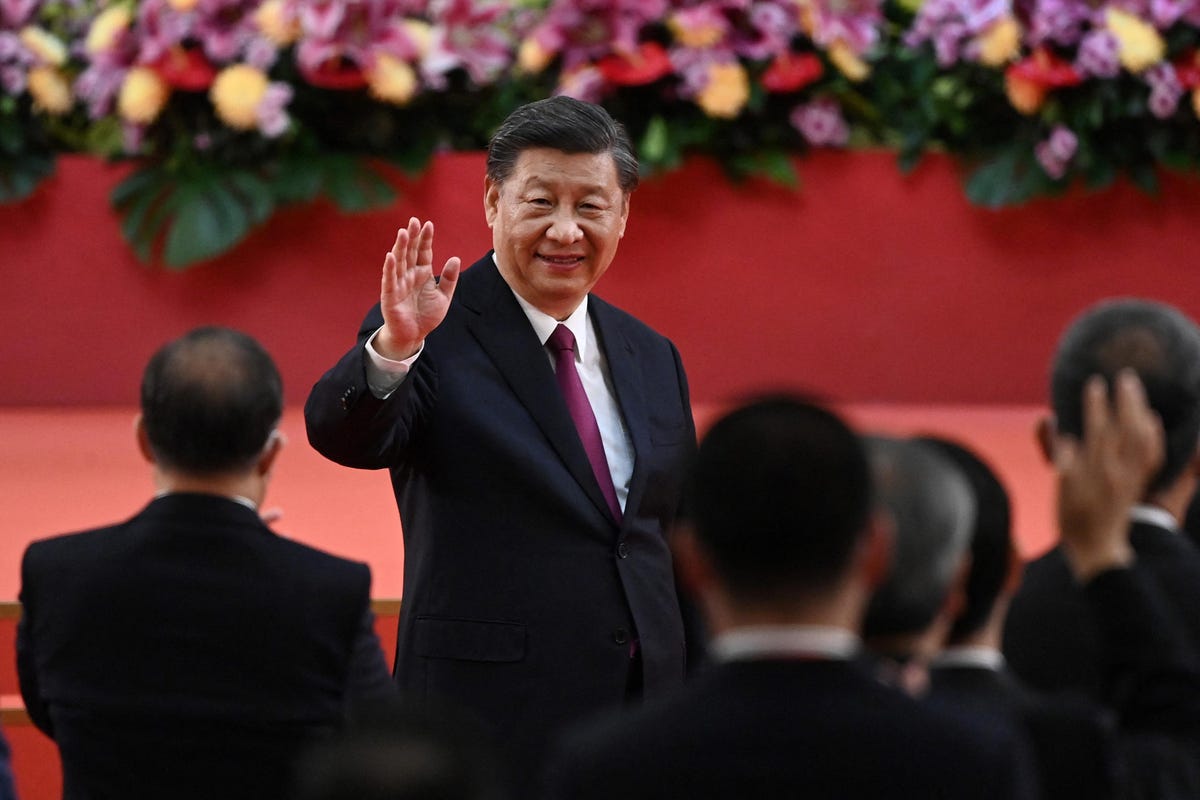
China's finance and investment spending in Belt and Road countries fell slightly in the first half compared to a year earlier, with no new coal projects and investments in Russia, Egypt and Sri Lanka falling to zero, new research showed. Saudi Arabia was the biggest recipient of Chinese investments over the period, with about $5.5 billion, According to the Shanghai-based Green Finance and Development Center (GFDC) in research published on Sunday.

China's finance and investment spending in Belt and Road countries fell slightly in the first half compared to a year earlier, with no new coal projects and investments in Russia, Egypt and Sri Lanka falling to zero, new research showed. Saudi Arabia was the biggest recipient of Chinese investments over the period, with about $5.5 billion, According to the Shanghai-based Green Finance and Development Center (GFDC) in research published on Sunday.
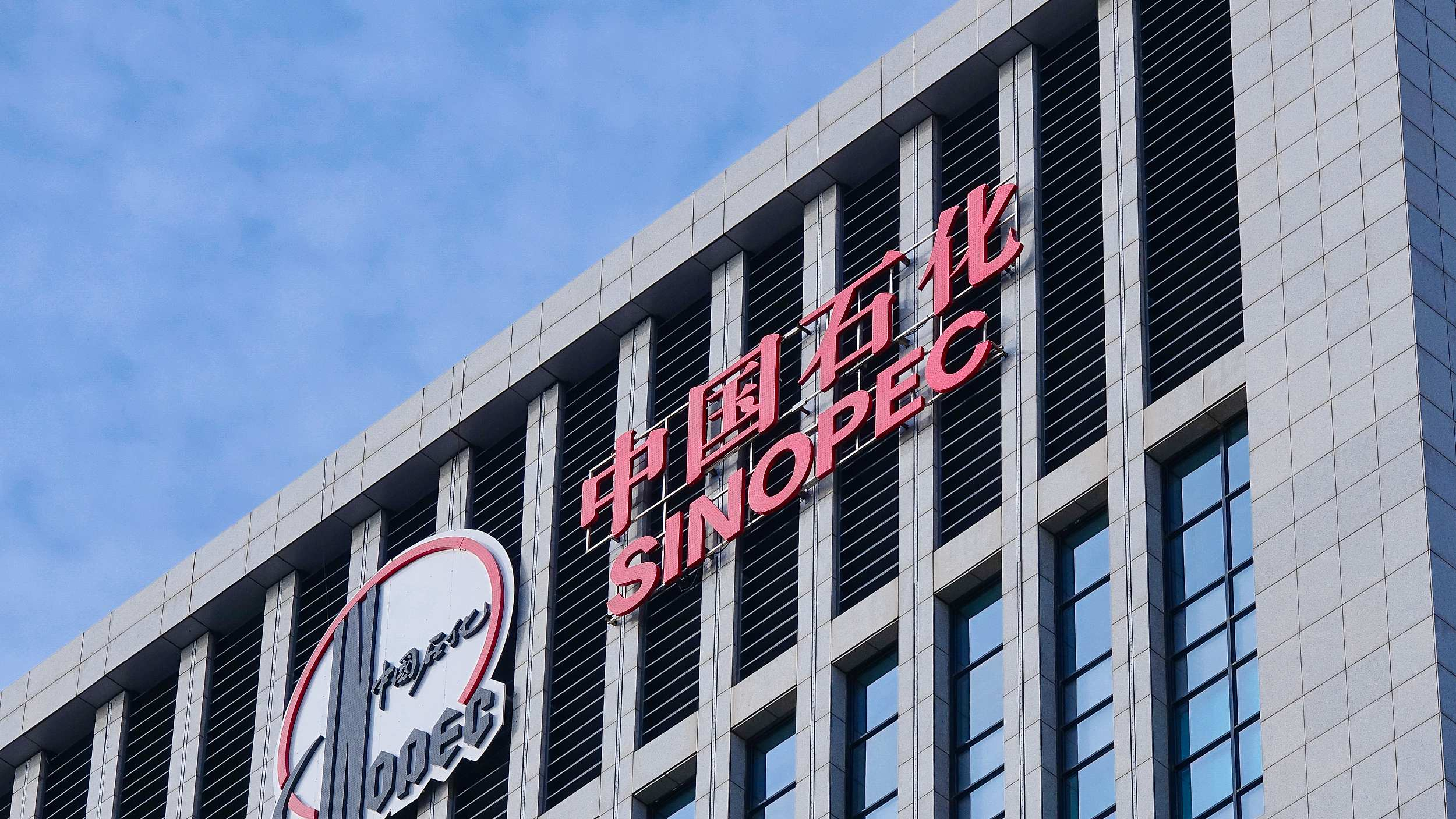
China's Sinopec Corp said on Tuesday it has tapped a daily flow of 30 tonnes of oil and 1,500 cubic meters of gas at a mature oilfield in east China's Jiangsu province. The company said the flows, from exploration well Hua-2-ce in the Jiangsu oilfield, marked a breakthrough in unlocking 1.1 billion tonnes of prospective shale oil resources in the Subei basin. The firm will accelerate the construction of a pilot shale oil production zone in the area, Sinopec said, without giving further details.

China's Sinopec Corp said on Tuesday it has tapped a daily flow of 30 tonnes of oil and 1,500 cubic meters of gas at a mature oilfield in east China's Jiangsu province. The company said the flows, from exploration well Hua-2-ce in the Jiangsu oilfield, marked a breakthrough in unlocking 1.1 billion tonnes of prospective shale oil resources in the Subei basin. The firm will accelerate the construction of a pilot shale oil production zone in the area, Sinopec said, without giving further details.
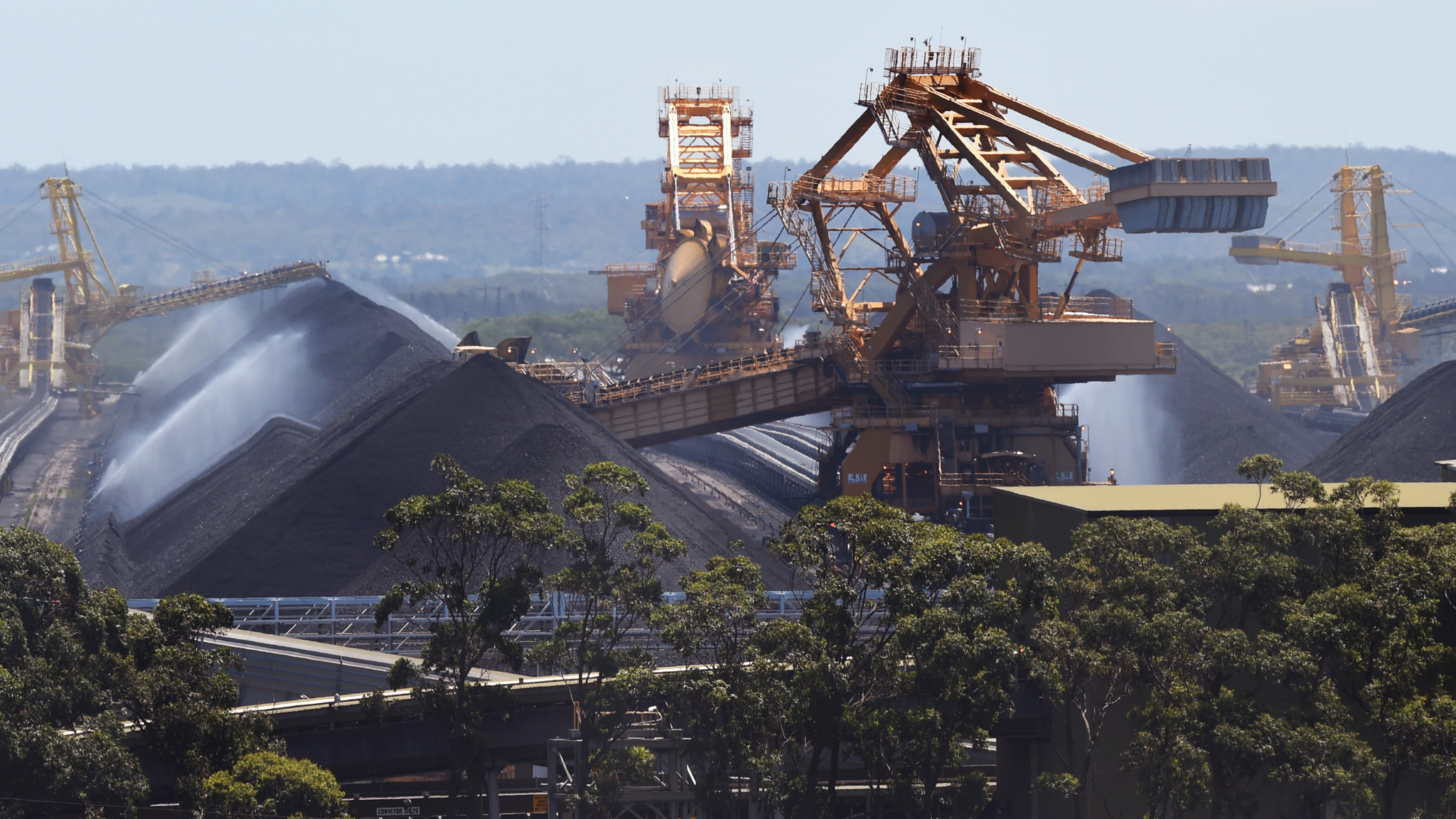
With thermal coal and liquefied natural gas (LNG) prices holding close to record highs in Asia, it would be logical to expect demand destruction, especially in developing nations said to be price sensitive. But it isn't happening yet.India, the world's second-biggest coal importer, behind China, saw record arrivals in June of thermal coal, used mainly to generate electricity, according to data compiled by commodity analysts Kpler.

With thermal coal and liquefied natural gas (LNG) prices holding close to record highs in Asia, it would be logical to expect demand destruction, especially in developing nations said to be price sensitive. But it isn't happening yet.India, the world's second-biggest coal importer, behind China, saw record arrivals in June of thermal coal, used mainly to generate electricity, according to data compiled by commodity analysts Kpler.
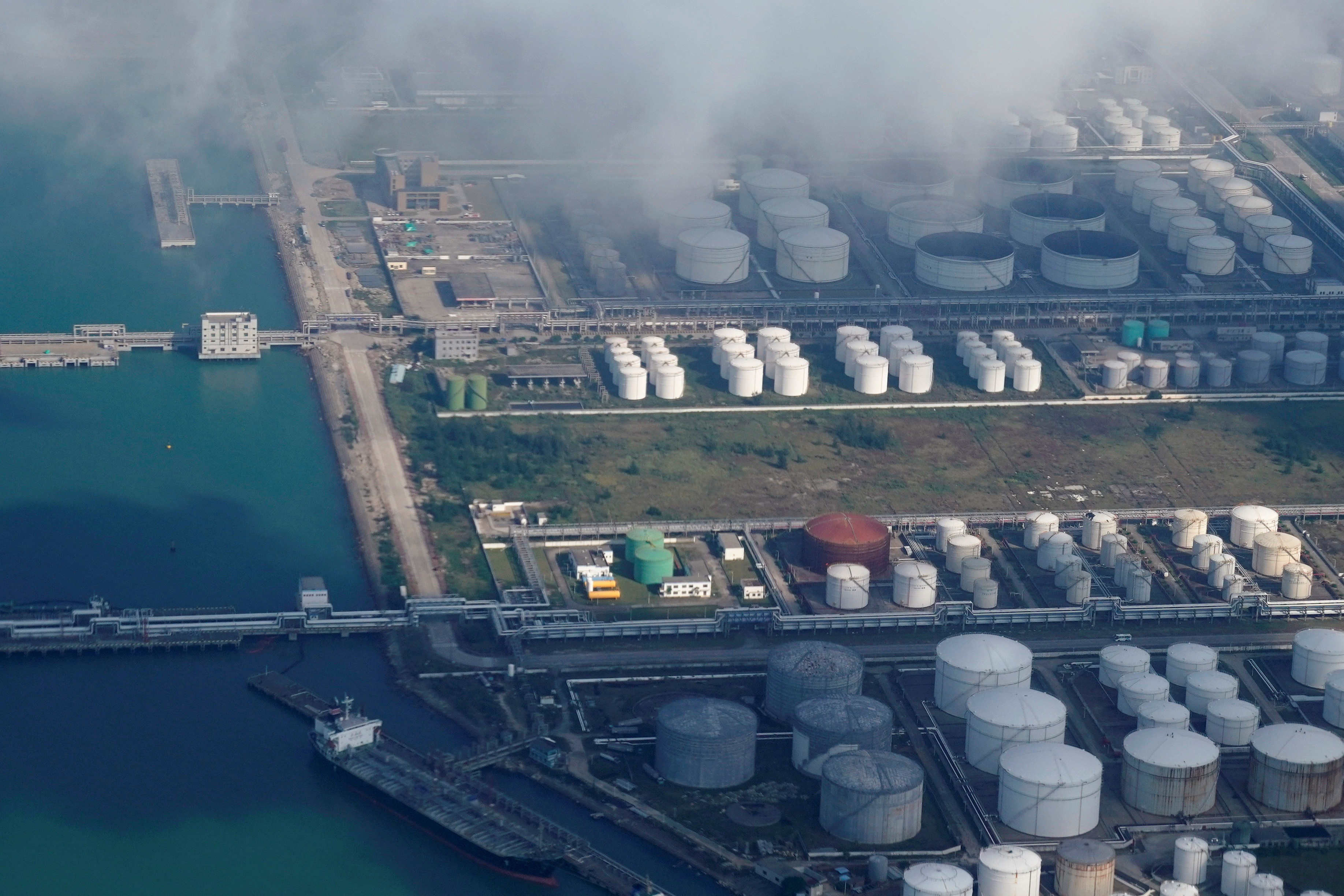
Oil prices fell around $1 on Monday in volatile trade, reversing some gains from the previous session, as worries about a recession and China's COVID-19 curbs hitting demand outweighed ongoing concerns about tight supply. Brent crude futures fell 82 cents, or 0.8%, to $106.20 at 0314 GMT, after climbing 2.3% on Friday. U.S. WTI crude futures declined by $1.04, or 1%, to $103.75, paring a 2% gain from Friday.